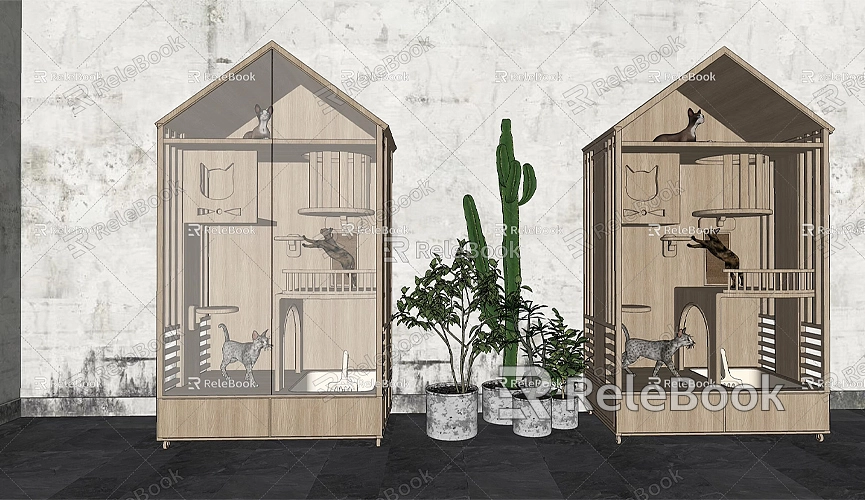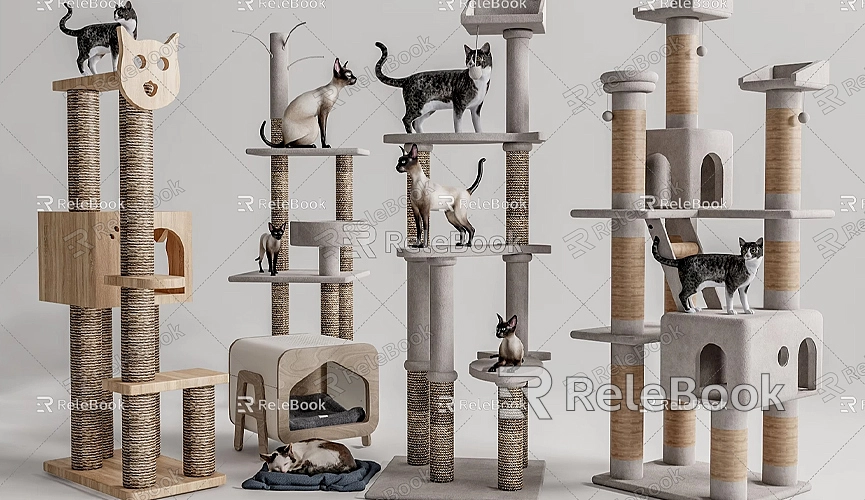How to Reduce SketchUp Model Size
When using SketchUp for design, the size of your model affects not only file storage but also the software's performance and rendering quality. This is especially important when dealing with complex architectural or interior design projects. This article will introduce practical methods to effectively reduce the size of SketchUp models, thereby improving workflow efficiency.
Optimize Model Structure
First, it's essential to examine the model's structure. Excessive groups and components can increase file size. Merge duplicate elements into a single component to reduce redundancy. Additionally, simplify model details—for distant objects, consider reducing detail and retaining only necessary outlines.

Remove Unnecessary Elements
During the design process, temporary components or test elements may linger in the model. While useful during design, these elements can be redundant in the final model. Regularly cleaning up these unnecessary items can significantly reduce file size. Also, check for hidden objects, which take up file space and should be deleted when appropriate.
Use Low-Resolution Textures
Materials and textures are significant factors influencing SketchUp file size. While high-resolution textures enhance visual quality, they greatly increase file size. If high resolution is not specifically required, consider using low-resolution textures. By selecting appropriate texture resolutions, you can maintain visual quality while minimizing storage needs.
Compress the Model
SketchUp provides tools and plugins to help compress model files. After completing your design, use the "Export" feature in the "File" menu to export the model in different formats. Choosing the right settings during export can effectively compress file size. Also, consider saving the model as an SKP file, as it may result in a smaller file size in certain cases.
Layer Management
Dividing complex models into layers is another effective management strategy. By breaking the model into multiple layers, you can load only specific parts as needed, reducing overall file size. This method not only helps maintain efficient operations in SketchUp but also improves performance during rendering.

Use External Links
For large projects, consider using external links to store some large components or files externally. In SketchUp, you can use the "External Links" feature in the "File" menu to implement this. This means that less frequently used components won't directly occupy your main file space, lowering overall file size.
Clean Up the Model
Utilizing SketchUp's "Cleanup" tool can help automatically detect and remove duplicate lines, faces, and components. This tool is very useful for quickly identifying redundant parts in your model, helping you optimize its structure and reduce unnecessary space usage.
Improve Efficiency with Plugins
In addition to the above methods, using third-party plugins is also a great option. There are many plugins available specifically designed for optimizing and compressing SketchUp models. These plugins can automate various optimization tasks, saving users time and effort.
By employing these methods, you can effectively reduce the size of SketchUp models, enhancing both workflow efficiency and software performance. Properly managing model structure, removing excess elements, choosing appropriate texture resolutions, using compression tools, and implementing layer management are all effective strategies. Additionally, utilizing external links and cleanup tools can further optimize your model. Finally, remember to regularly back up and clean your design files to maintain a good working environment.
If you need high-quality 3D textures and HDRI while creating models and virtual scenes, you can download them for free from [Relebook](https://textures.relebook.com/). For exquisite 3D models, check out [Relebook](https://3dmodels.relebook.com/) for a wealth of quality resources. By continually optimizing your models, you can enhance design quality and improve work efficiency.

